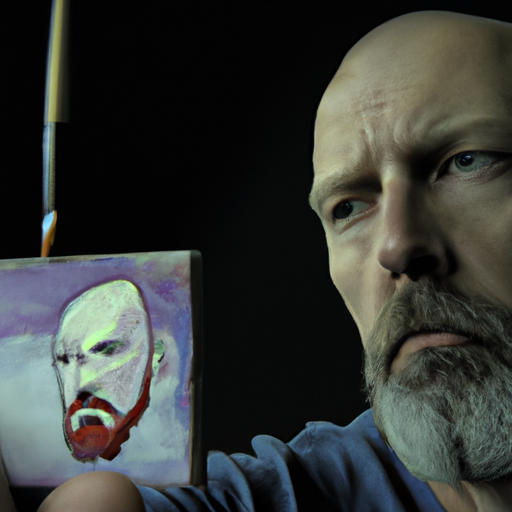User experience (UX) is a term used to describe the overall experience of a user when interacting with a product, service, or environment. This includes the user’s feelings, emotions, and reactions to using the product or service, as well as the usability and accessibility of the product or service.
At its core, UX is about understanding users and their needs, and then designing a product or service that meets those needs. To achieve this, UX designers rely on research, testing, and analysis to understand how users interact with a product or service. This understanding then helps guide the design process, ensuring that users have a positive experience when interacting with the product or service.
UX design is a process that seeks to create a product or service that is intuitive, easy to use, and meets the user’s needs. To do this, UX designers need to consider a wide range of factors, such as user preferences, technology, and usability.
The goal of UX design is to create a product or service that is easy to use, enjoyable, and meets the user’s needs. This means that UX design needs to be user-centered and focused on the user’s experience. It’s not just about making a product look good or feel good; it’s about creating an experience that is tailored to the user’s needs and preferences.
UX design is an important part of any product or service, as it helps create an enjoyable experience for the user. By understanding and designing for the user’s needs, UX designers are able to create products and services that are easy to use, enjoyable, and meet the user’s needs. As a result, UX design can help increase user satisfaction, loyalty, and engagement with a product or service.

